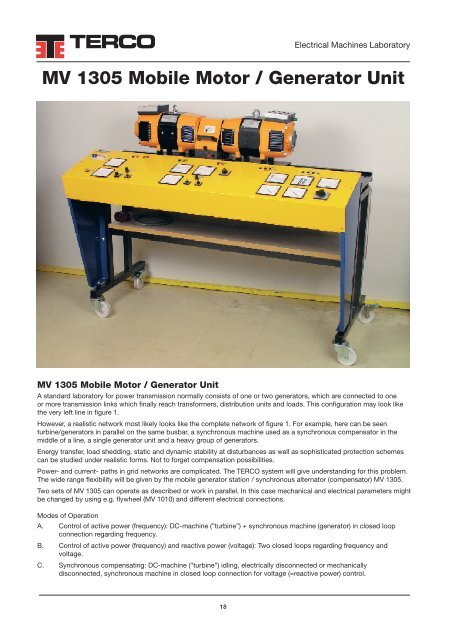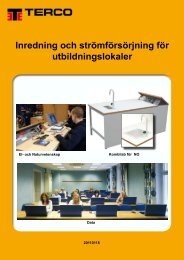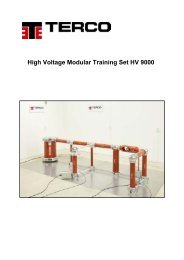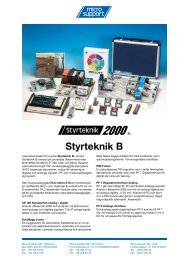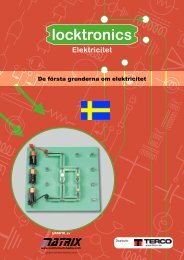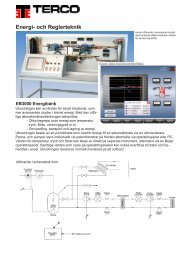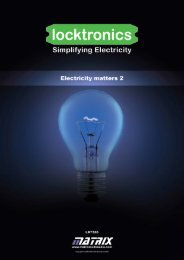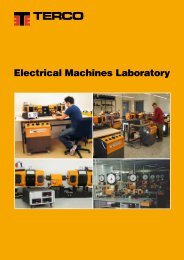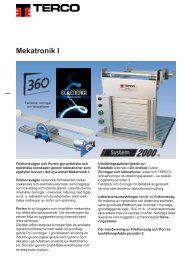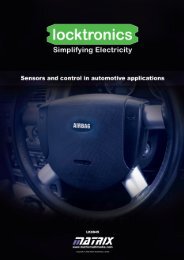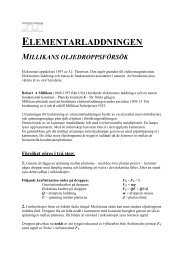Electrical Machines Laboratory - Terco
Electrical Machines Laboratory - Terco
Electrical Machines Laboratory - Terco
You also want an ePaper? Increase the reach of your titles
YUMPU automatically turns print PDFs into web optimized ePapers that Google loves.
<strong>Electrical</strong> <strong>Machines</strong> <strong>Laboratory</strong><br />
MV 1305 Mobile Motor / Generator Unit<br />
MV 1305 Mobile Motor / Generator Unit<br />
A standard laboratory for power transmission normally consists of one or two generators, which are connected to one<br />
or more transmission links which finally reach transformers, distribution units and loads. This configuration may look like<br />
the very left line in figure 1.<br />
However, a realistic network most likely looks like the complete network of figure 1. For example, here can be seen<br />
turbine/generators in parallel on the same busbar, a synchronous machine used as a synchronous compensator in the<br />
middle of a line, a single generator unit and a heavy group of generators.<br />
Energy transfer, load shedding, static and dynamic stability at disturbances as well as sophisticated protection schemes<br />
can be studied under realistic forms. Not to forget compensation possibilities.<br />
Power- and current- paths in grid networks are complicated. The TERCO system will give understanding for this problem.<br />
The wide range flexibility will be given by the mobile generator station / synchronous alternator (compensator) MV 1305.<br />
Two sets of MV 1305 can operate as described or work in parallel. In this case mechanical and electrical parameters might<br />
be changed by using e.g. flywheel (MV 1010) and different electrical connections.<br />
Modes of Operation<br />
A. Control of active power (frequency): DC-machine (”turbine”) + synchronous machine (generator) in closed loop<br />
connection regarding frequency.<br />
B. Control of active power (frequency) and reactive power (voltage): Two closed loops regarding frequency and<br />
voltage.<br />
C. Synchronous compensating: DC-machine (”turbine”) idling, electrically disconnected or mechanically<br />
disconnected, synchronous machine in closed loop connection for voltage (=reactive power) control.<br />
18


